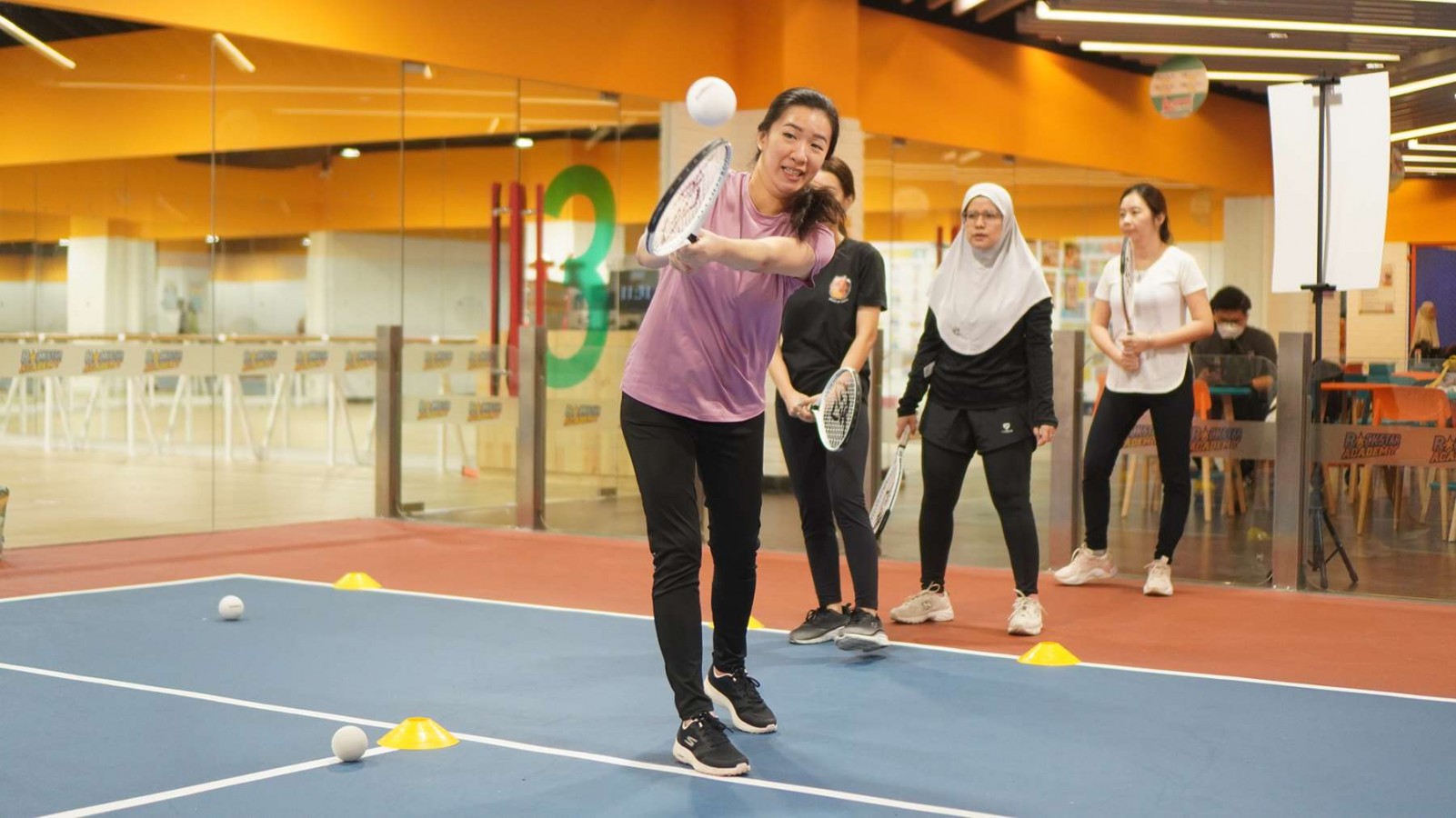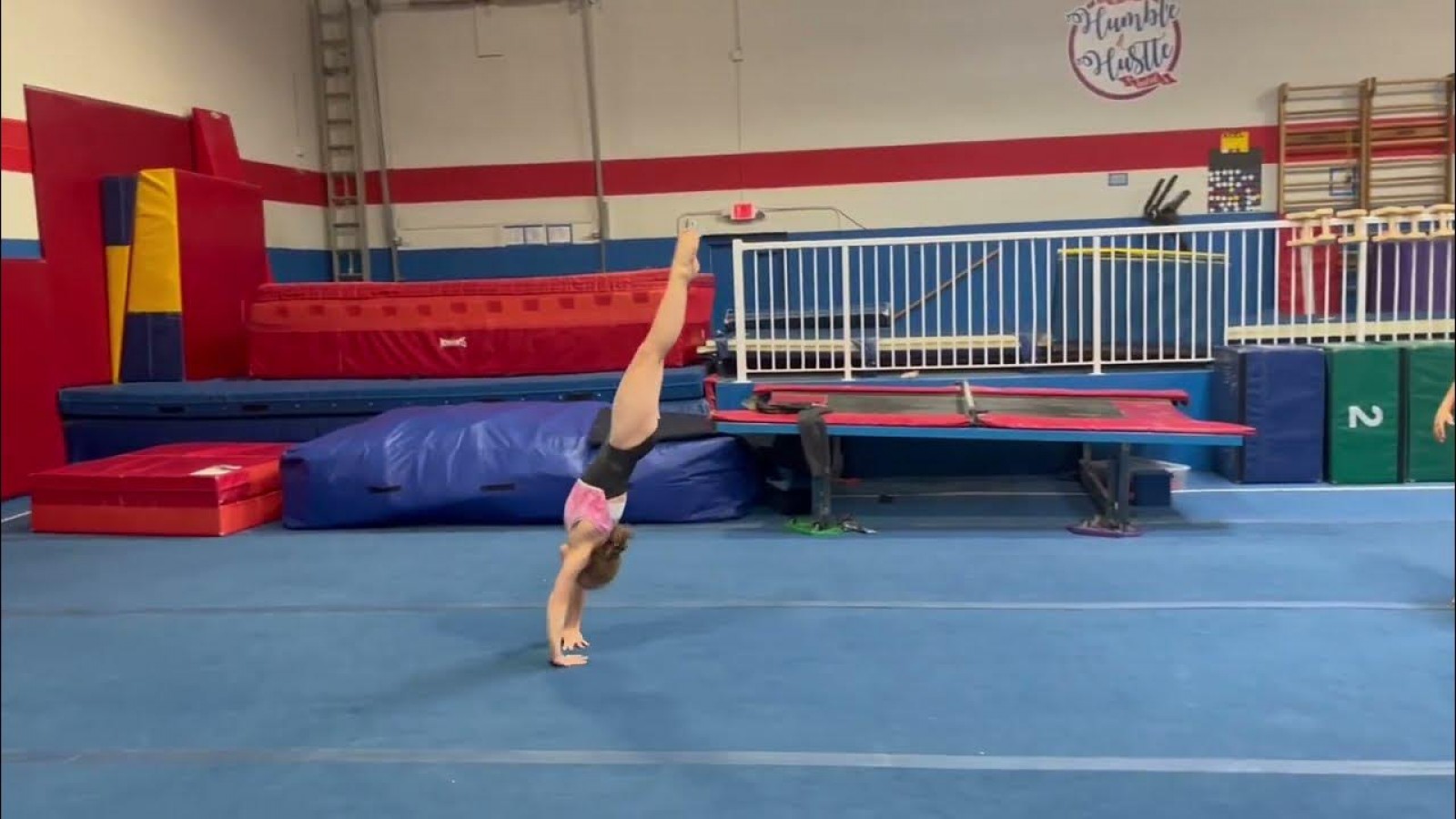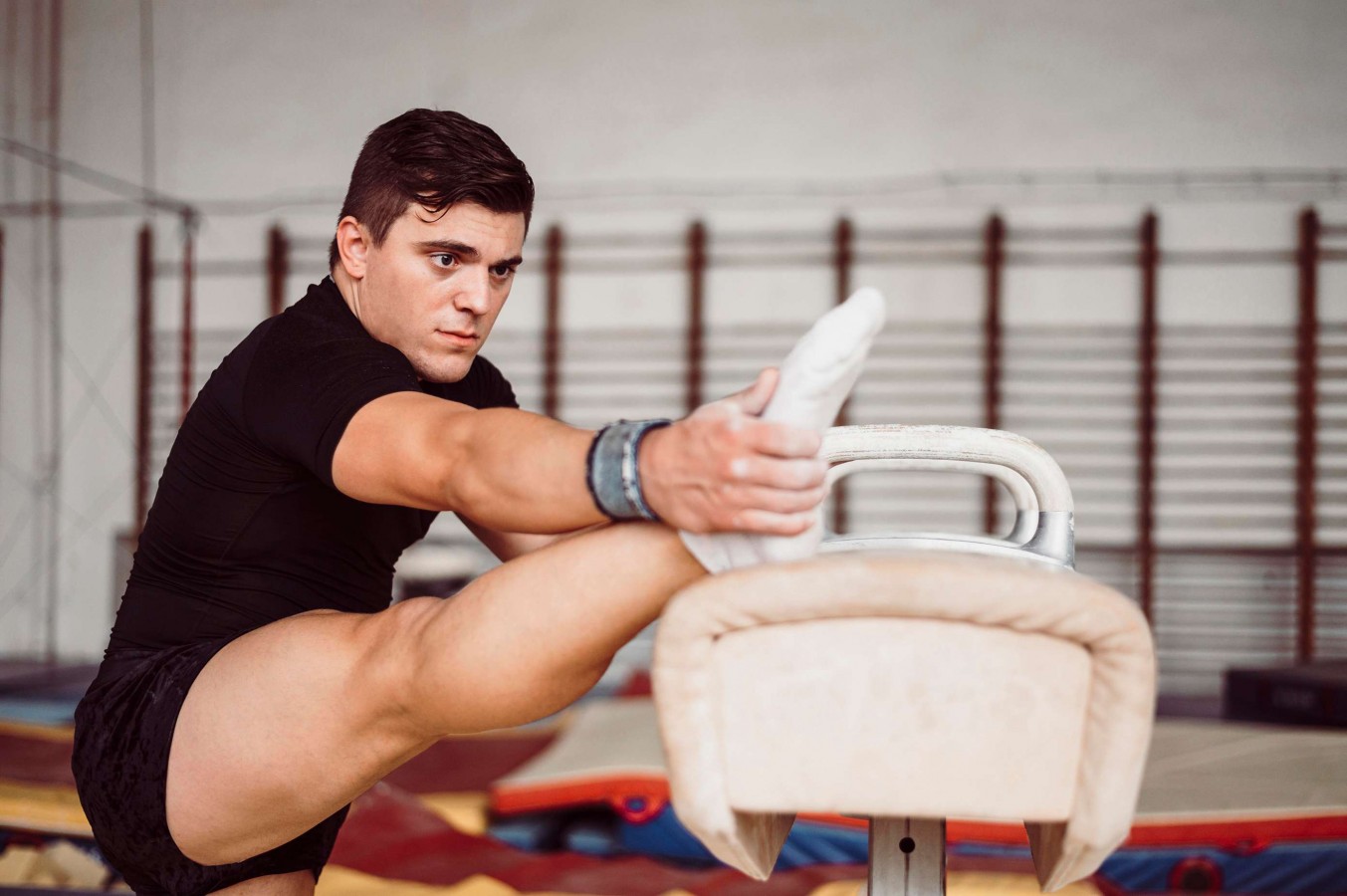How to Execute the Perfect Tennis Backhand

If you’ve ever watched a tennis match, you’ve likely marveled at the power and precision of a well-executed tennis backhand. This crucial shot can make or break your game, and mastering it is key to elevating your tennis skills.
In this guide, we’ll dive into everything you need to know about executing the perfect tennis backhand. We’ll explore the differences between the two-handed and single-handed backhands, provide a step-by-step approach to perfecting this shot, and discuss various backhand stances to help you choose the one that suits you best.
Step-By-Step on How to Do Backhand
To master the art of the tennis backhand, breaking down the process into clear, manageable steps is key. Here’s a step-by-step guide to perfecting your tennis backhand, ensuring you can execute it with precision and power every time you step onto the court:
1. Preparation
Preparation is fundamental to the success of your backhand. This stage sets the foundation for your strike, ensuring that your swing is big enough to generate the necessary power.
- Two-Handed Backhand
Begin by pulling your racket back using your left arm while keeping both arms outstretched. As you draw your arms behind you, slightly lower the head of the racket below the level of the ball. This motion creates a natural arc that will help you generate power and spin as you move into the strike.
- Single-Handed Backhand
For a single-handed backhand, place your left hand on the throat of the racket and pull it back while keeping the head of the racket high. Continue this motion until your right arm is fully outstretched.
Next, lower the racket head as you release your right wrist and drop your left hand, preparing your arm and wrist to generate the necessary power for the strike.
2. The Stances
Once your racket is in position, it’s time to focus on your stance, which is crucial for executing a successful strike. Without a strong and stable stance, you won’t be able to transfer your energy effectively into the ball.
- Single or Two-Handed Backhand
As you swing to meet the ball, just before striking, ensure that you establish a stable stance. Position your right foot in front and shift your weight onto it.
This stance allows you to maintain balance and control as you prepare to strike the ball. The positioning of your feet and the transfer of your weight are key to achieving a powerful backhand.
3. The Strike Zone
The strike zone is where your preparation and stance come together to release a powerful backhand. The extra force you’ve generated from your preparation will give the racket head increased speed as it moves to meet the ball.
- Two-Handed Backhand
As your arms move from behind to in front, they should bend slightly. The impact with the ball should occur with your arms slightly bent, about 10-20 centimeters in front of your body.
This position allows you to maximize the efficiency of your strike, generating both power and control.
- Single-Handed Backhand
Once the head of the racket is lowered, release the racket’s throat with your left hand to free up your right arm. This motion allows you to move your right arm forward into the strike.
For maximum efficiency, keep your right arm outstretched, and ensure that the impact with the ball occurs well in front of your body, between 20-40 centimeters. This positioning helps you generate a powerful and precise strike.
4. The Transfer
To achieve an aggressive and effective backhand, it’s essential to transfer your weight forward and into the ball. This weight transfer is what gives your backhand its force and momentum.
- Single or Two-Handed Backhand
Before striking the ball, place your weight on your bent right knee. As you release the strike, push forward and upward on this right knee. Your foot may even leave the ground as you extend your leg.
Meanwhile, your left leg should remain behind, helping you maintain balance. As you land a few centimeters forward, you’ll have transferred your weight effectively, adding power to your backhand.
5. Follow-Through
After the impact, a proper follow-through is crucial for transferring the speed of the racket to the ball while maintaining control. The follow-through also helps prevent injury by ensuring that your motion is fluid and natural.
- Two-Handed Backhand
After the impact, keep your arms outstretched in front of you before bringing them back to wrap around your neck, with the racket finishing above your left shoulder.
During this motion, your shoulders should rotate to face the net, with the right shoulder slightly back compared to the left shoulder, which moves forward. This follow-through helps you maintain balance and control while adding spin and power to your shot.
- Single-Handed Backhand
For a single-handed backhand, continue the forward and upward motion of your arm after impact, with your wrist guiding the racket head over the ball. Finish the movement with your arm outstretched and the racket facing upwards.
Your shoulders will rotate naturally, but it’s important to keep the right shoulder slightly in front to avoid losing power. This follow-through ensures that you maintain control and precision in your shot.
6. The Area of Play
Finally, executing a perfect backhand is not just about power, it’s also about placement. To win the point, you need to aim your shot in the right area of the court.
- Single or Two-Handed Backhand
Regardless of your situation, aim for an area to the side, either in an opening if you’ve forced your opponent into a corner or on the opposite side.
A straight down-the-line backhand can be particularly effective in these situations, catching your opponent off guard and forcing them to make a difficult return.
Elevate Your Game to the Next Level!
Mastering the tennis backhand is a game-changer for any player looking to elevate their skills on the court. Remember, practice makes perfect, so keep honing your tennis backhand, and soon it will become a natural and formidable part of your game.
Discover the ultimate tennis experience at Rockstar Academy's Tennis Program, where players of all levels can sharpen their skills and master techniques like the touchtennis backhand.
At our state-of-the-art Sports & Performing Arts Academy, you'll receive personalized coaching designed to enhance your game, whether you're aiming to compete in local leagues or prepare for our prestigious event and competitions such as RockOlympics.
Our comprehensive training program combines technique, strategy, and physical conditioning to help you reach your full potential on the court. Don’t miss out, take advantage of our free trial and experience the Rockstar Academy difference today!
FAQ
What is the backhand in tennis?
The backhand is a stroke where the player hits the ball with the racket's back side, typically using either one or two hands.
How to hold a backhand in tennis?
For a one-handed backhand, use an eastern grip with your index knuckle on the top bevel of the racket handle. For a two-handed backhand, use an eastern grip with your dominant hand and a semi-western grip with your non-dominant hand.



